Planting irises in the spring is not an easy task...
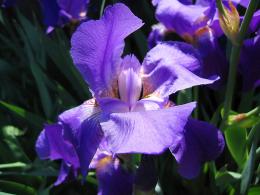
The iris, popularly known as the cockerel, is a beautiful and easy-to-care flower. And its origin story is so amazing: one day a rainbow, which served as the clothing of the goddess Iris, disintegrated and fell to the ground in multi-colored drops... These drops blossomed into flowers of incredible beauty, which were named after the goddess, the messenger of the Olympian gods. In growing flowers, planting irises in the spring plays a significant role. Therefore, we will pay due attention to this issue.
Content:
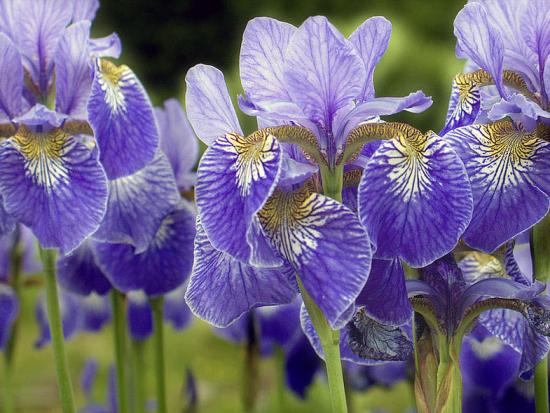
Irises. Flower propagation
This plant has been known since the times of Ancient Greece. Its name, given in honor of the goddess Iris, means rainbow. Myths say that the goddess Iris appeared on Earth on a rainbow. That is why the colors of cockerels can be very diverse: from monochromatic to a combination of different colors and shades. Irises their shape resembles that of an orchid. This unpretentious flower grows almost everywhere. Irises are a fairly common flower; there are more than 250 species. They differ in size, color, and the soil in which they grow.
Some species need moist soil and therefore grow on river banks, while others feel comfortable in dry places.
In Russia, the most common are Bearded and Siberian irises. All gardeners are primarily interested in the issue of plant propagation. Cockerels reproduce both by seeds and vegetatively.The first method is used for hybridization - growing new species of irises using available genetic material. The second method is the most common among flower growers. It is more preferable because thanks to it, plants begin to bloom in the first year. But in irises that are propagated using seeds, flowers appear in about 2-3 years.
Planting irises in spring
The time interval in which irises can be planted is quite wide: from the beginning of spring to mid-August. Usually these flowers are not capricious and transplantation is tolerated painlessly, they grow quickly and bloom every year.
- Before planting irises, the soil must be dug to a depth of approximately 20-25 cm and fertilized with nitrogen, potassium and phosphorus (proportion 10/20/20g per 1 sq. m).
- It is best to plant them in a sunny place where there are no drafts.
- Irises do not like overly wet soils. Before planting, the cuttings should be kept in a solution of potassium permanganate for 2-2.5 hours. This will help eliminate putrefactive phenomena. You can also rinse the rhizome in the “Belizna” solution.
- The plant must be planted in such a way that the root collar, after filling the hole with soil, remains on the surface.
- After planting, it is necessary to water the plants generously for the next 3-5 days (of course, in case of hot weather).
- Loosen the soil around the plant very carefully so as not to damage the root.
- You should be especially careful when there are buds.
Irises need to be fertilized once a month with complex fertilizing (proportion 1 bucket of water/1 tablespoon of fertilizing). After three years, bearded irises need to be rejuvenated.

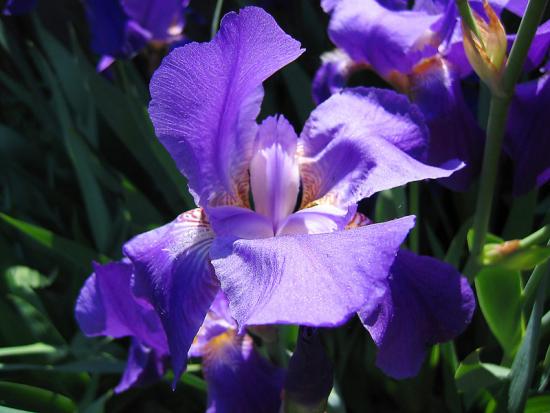
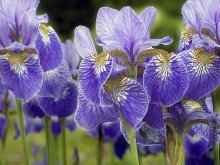
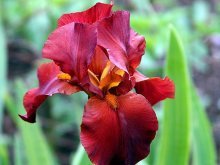
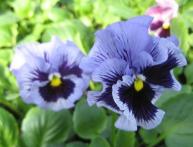
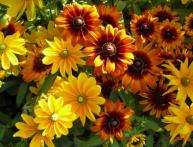

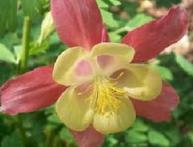
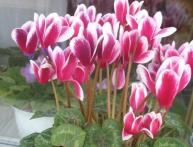
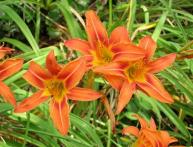


Comments
Iris is a delicate and very beautiful flower.Not only does it grow for a long time, it blooms well and is not particularly picky about the soil. But you need to care for it carefully, otherwise the weeds may choke it or dry out.